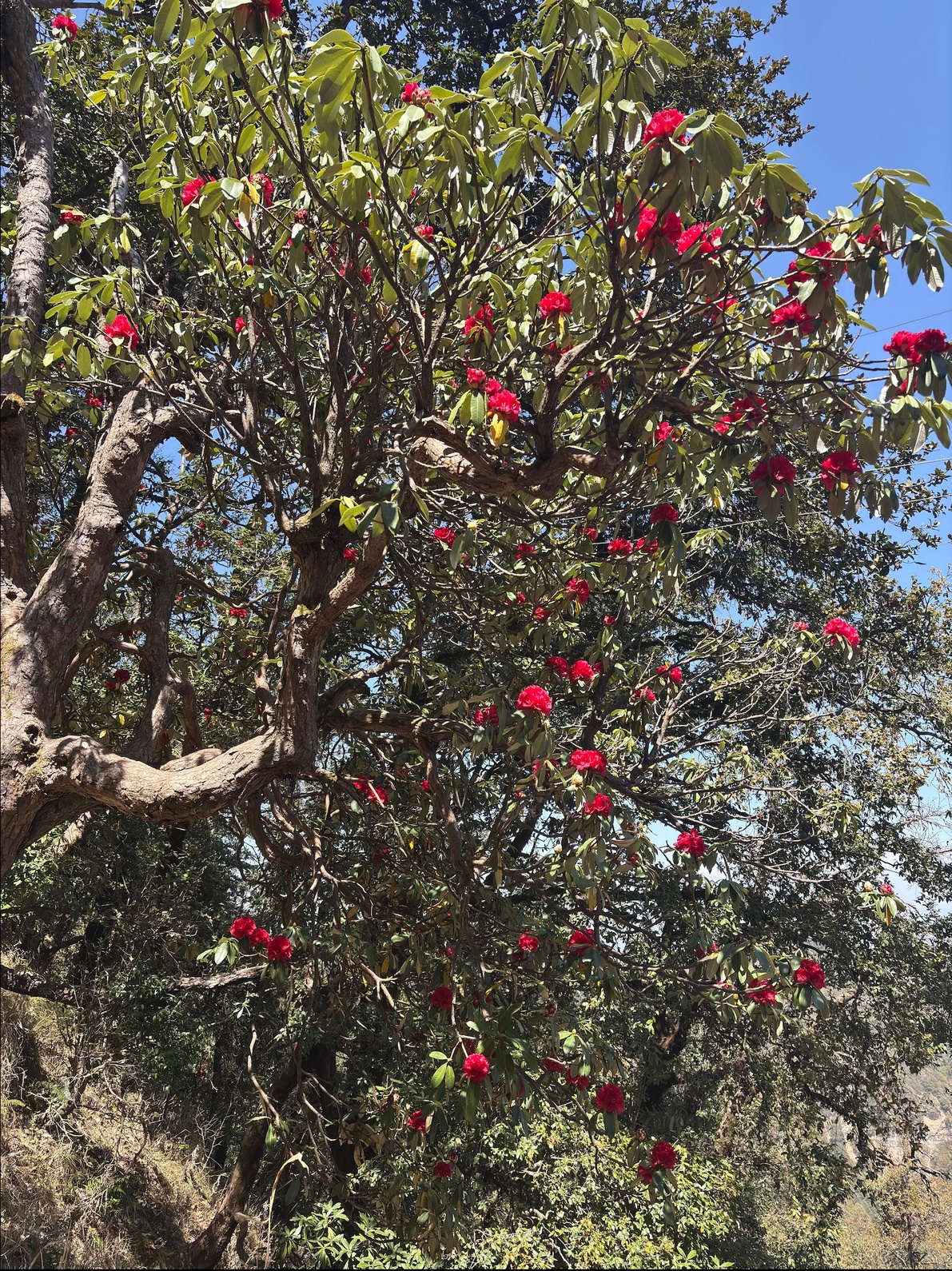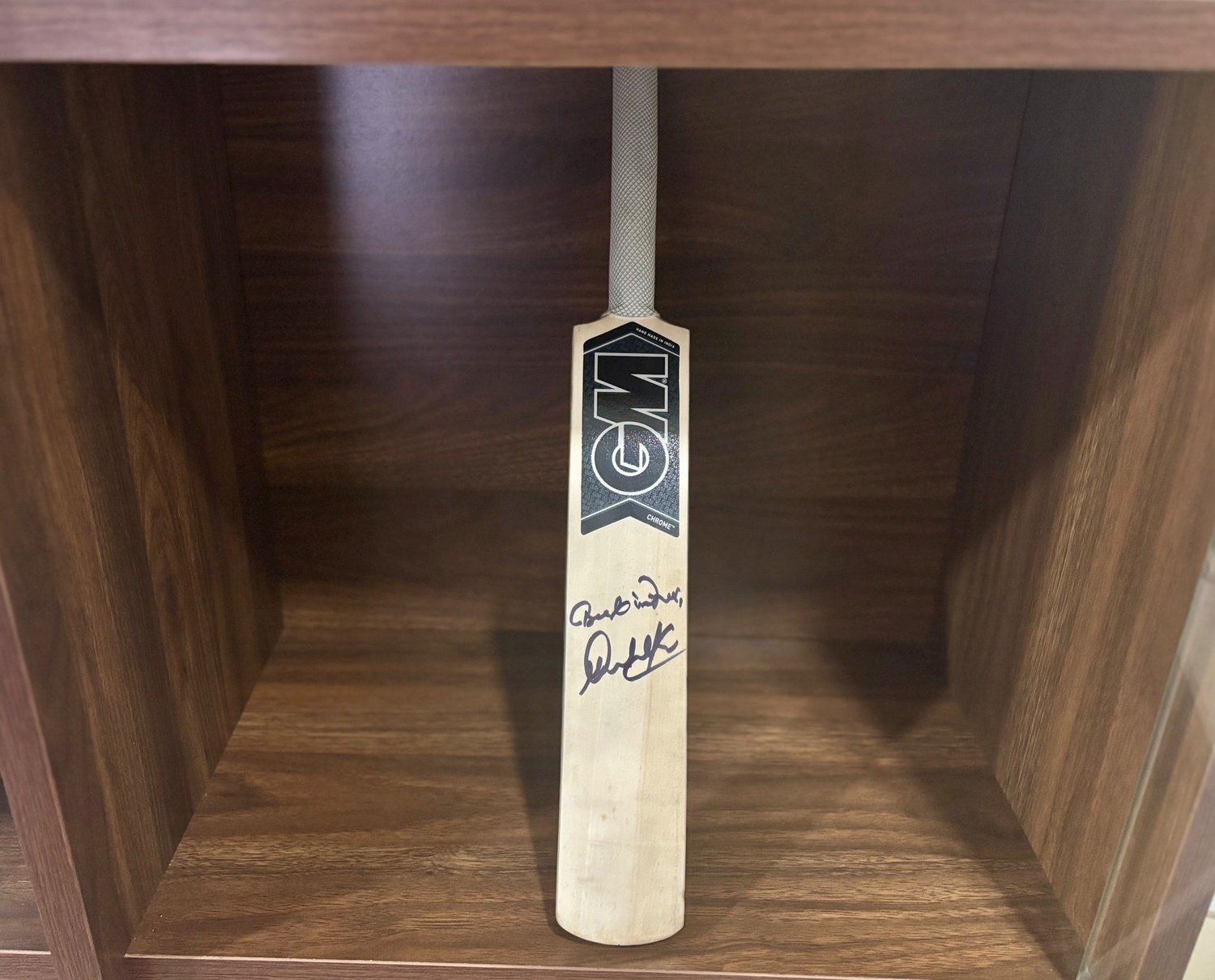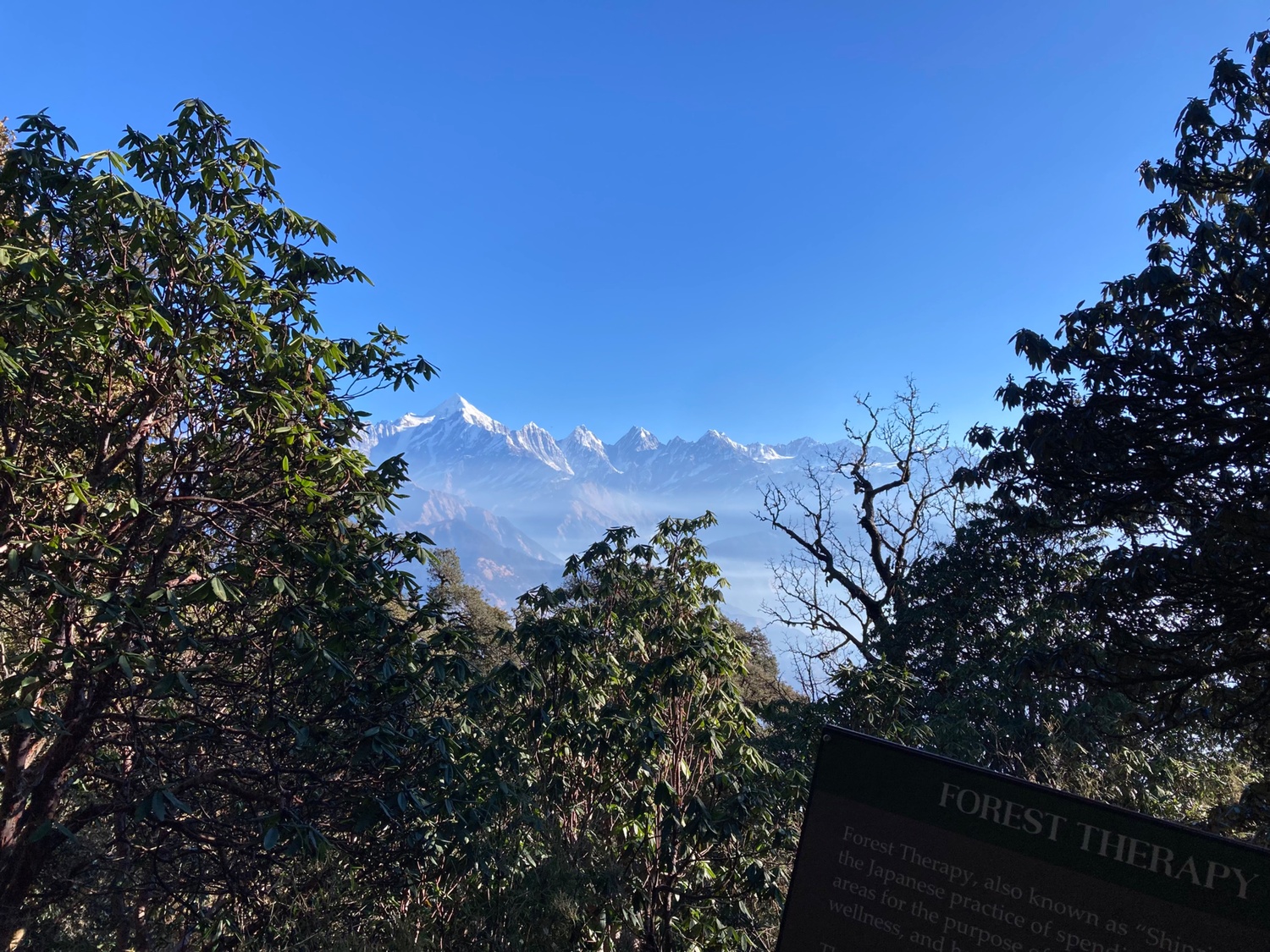While working on the draft of this story, I glanced at my wireless desk — no tangled cords, no clutter.
Then came a sudden thought:
Life in the 90s was also “wireless,” but in a very different way.
-
- We were not connected to Wi-Fi, but with people.
- We didn’t scroll phones; we played endlessly.
- No binge-watching OTTs, just waiting patiently for our favourite TV show on Sunday.
We are the generation that has witnessed this incredible transition:
-
- From cassettes to Spotify
- From landlines to iPhones
- From black-and-white TVs to YouTube
While the previous generation — our parents — saw it too, we actually were the end consumers and beneficiaries of this shift.
And yet, what I miss most about those days isn’t the wireless world — it’s the way of living. Our childhood carries timeless lessons that still remain significant.
So, let’s take a small trip back in time and draw a few parallels — because those lessons might hold greater significance today than ever before.
A Day in the 90s
I’m a native of Uttarakhand, a northern Indian state that shares borders with Tibet (now China) and Nepal, and is surrounded by the magnificent Himalayas.
My parents served in the State government’s education department, which meant we moved around a few places.
My earliest memories are from Jhulaghat, a small border town where the River Kali separates India and Nepal.
We used to run around freely on the bridge connecting both countries— no restrictions at all. Even today, people on both sides of the border maintain warm personal and trade relationships.

Jhulaghat — a border town in Pithoragarh district, Uttarakhand where the River Kali divides India and Nepal. Left bank: India. Right bank: Nepal. Image credit: Author
Later, we moved to another hill station called Didihat — a rain-soaked town perched at about 1800 meters above sea level, with a postcard view of the Panchachuli Peaks in the Himalayas.
Here is where I spent most of my childhood and made lifelong friends.
Life then was simple:
-
- 6:00 a.m. → Wake up to distant temple bells or your parents pulling you out of bed
- 9:00 a.m.–4:00 p.m. → School, chalk dust, lunch, games in between
- 5:00 p.m.–7:00 p.m. → Friends, cricket, games again
- Night → Homework, dinner, and getting deep inside duvets to block the mountain chill.
It wasn’t too glamorous. But it was complete.
Games, Joy, and Innocence
We didn’t grow up with gadgets. Life was meant for the outdoors only.
A few handheld electronic games became popular, followed by the ones you could attach to the TV with a keyboard and joysticks. But nothing really stopped us from getting out and playing in the dirt.
Cricket was our lifeline — we played until we couldn’t see the ball in the dark or our parents dragged us back home.
When it wasn’t cricket, we played Marbles (Anthi in local slang), Hopscotch (Addu), Seven-times (Piddu), or Cards (WWE and cricket cards that you get with buying chewing gums were popular. The game — if you show the exact card thrown by your opponent, you take it all).
Marbles and Cards were almost like a cartel-run setup. Some gully boys used to sell their extra stock — 10 marbles or 10 cards for just ₹1 or 2. And those deals were made in shady hallways so nobody could spot us (our parents never approved of playing them).
Not sure if it got into trend elsewhere, but we started playing with Matchbox cards (tearing the matchboxes and using the front side as a card). Since it didn’t make sense to buy so many matchboxes, the trick was to often roam the streets and pick up any matchbox you saw lying on the road.
My next-door friend made quite a fortune back then selling these matchbox cards. Until one day, his mother found and burned the entire stash as he failed the exams.
When not playing any of the above, it was time to climb trees, slide on muddy hill trails or pick Rhododendron flowers from trees.

A Rhododendron tree in Nainital — the state tree of Uttarakhand, found at altitudes usually above 1500 meters. As kids, we used to climb these trees and chew the flowers. Image credit: Author
Entertainment
Bollywood has always been about music and dance. Back then, Cassettes (audio and video) were the souvenirs that let you relive each movie.
Video cassettes were mainly for watching the full movie, so audio cassettes became more popular as they were easier to find and play.
You could either buy the single official movie cassette or get a customised one with 10–15 songs from different movies.
Every once in a while, I would spend hours curating my playlist — writing it down on paper, then walking to the neighbourhood shop to get it transferred to a cassette — for about ₹50.
Today, we can pick any song instantly on Spotify or Apple Music, but back then, finding and curating your personal playlist was magic.
TV meant Doordarshan. There weren’t many interesting shows for kids, but when Shaktimaan aired — India’s first superhero saga — every kid was glued to the idiot box. We never missed an episode.
But if I have to name the biggest entertainment of all? It was watching Sachin Tendulkar bat. He was the nation’s biggest superhero and my personal favourite. People stopped whatever they were doing the moment he came to the crease.
They watched him from barber shops, showrooms, or street corners — because rushing home meant you might miss a few strokes from the master. I’ve done that myself a lot of times.
He is widely regarded as the “God of Cricket” — and for millions, he truly is.

An autographed bat from the Master Blaster, Sachin Tendulkar. My brother-in-law, who works in the media industry, got me this treasure while shooting an ad with him. Image credit: Author
Friendships
The greatest assets of that time were friends, the real ones.
Today, one can have thousands on their Facebook, WhatsApp… but those connections were real.
We exchanged greeting cards, shared secrets over samosas, mimicked our teachers (too bad) and defended each other fiercely in cricket matches.
When WWE was at its peak, we started playing that into our grounds. Four of us would catch the fifth guy by his arms and legs and slam him down real hard on the ground while the sixth would kneel down and count one, two, three… nine, ten!
Usually, the poor fifth guy gave up, as it would mean another round of slam.
The Rock, The Undertaker, The Big Show, and Kane were our absolute favourites (sometimes Triple H, too). And not just their moves — you had to learn the way they entered the ring.
If you smell… what The Rock… is cookin!
— Dwayne “The Rock” Johnson
Now, whenever I find time to go on a hike with Sanjay — my dearest friend from Class 3 — we still laugh about our madness and that fifth guy.
There weren’t a thousand “connections.” Just a few. But they were enough and meant everything.

This was the view I grew up with in the 90s — Mount Panchachuli always right in front. This photo was taken during a trek in Munsiyari, a neighbouring town of Didihat. Image credit: Author
Money
It wasn’t a life goal back then, and we weren’t the consumers we’ve become today — constantly looking to buy something: a pizza every other day, new clothes, gadgets…
Happiness wasn’t about how many sneakers I have in my wardrobe, but how many extra hours I can spend with my friends.
Some days, I’d get ₹2–5, just enough for a samosa or a few chewing gums. And that was more than enough to feel rich.
And if you ever wanted more than ₹5, you had to present a strong “business case” to your parents. Unless, of-course, a visiting relative would hand ₹100 note as a parting present that felt like winning a lottery.
My biggest jackpot (and I think it was for once only) was when a distant relative unexpectedly gave me a ₹500 note. I had no idea what to do with that kind of money, and my parents made sure I put it instantly into my piggy bank (Gullack).
We mostly ate home-cooked meals, and eating out was rare. Every Sunday, though, my parents would ask me or my sister to go to the local shop and pack a few samosas and jalebi — we all savoured them together over a cup of tea.
I remember a kid in my neighbourhood who convinced his mom that eating dumplings would help him grow taller. Needless to say, I always saw him at the local Chinese shop, enjoying his feast with a wicked smile every other evening.
Of course, there were a few unconventional tricks (like above) to enjoy your favourite market food once in a while.
Lessons for 2025
Looking back to that time, I feel that I was definitely more present, more engaged, and in many ways a happier person.
Here are the top 5 takeaways from the 90s to help us relive that charm in 2025.
1. Live in the Now
In cricket, when I bowled, my only thought was getting the batsman out — not whether we’d play again tomorrow.
Stay immersed in whatever you’re doing at the moment, instead of planning for the future.
2. Find Joy in Small Things
Back then, even marbles, a muddy slide, or a street-picked matchbox could bring euphoria.
Happiness cannot be bought; it can be found in enjoying the little pleasures of life.
3. Stay Active and Playful
We were always moving — playing, running, climbing, falling — except when we slept.
Move yourself, let your hands get dirty, and don’t wait for an occasion to laugh.
4. Build Real Friendships
Our bonds were formed in the playgrounds, not in online chat groups.
Nurture offline friendships — ones you can carry for life.
5. Detach Joy from Money
As kids, ₹2–5 was enough for samosas or ice cream — and it felt like wealth.
True happiness comes from experiences, not price tags.
If you’re a millennial born in India, I hope this story brought back a few memories and a smile. For readers from other corners of the world, I hope it resonated in one way or another.
In case it did, share it with someone who’d enjoy it — and feel free to drop me a note at [hello@manmohanjoshi.com] with one nostalgic memory of yours. I’d love to read it.
ABOUT THE AUTHOR
Manmohan is a Writer and Creator. He writes about discovering potential and purpose–through understanding ourselves– and the transformation journey that unfolds afterwards.
His newsletter, The Infinite Pivot, shares ideas on how to break the status quo and pivot from being the current to a greater version of ourselves (The Infinite You) that makes an impact.
Learn more
Keep reading
-
Design Your Life in 5-Year Blocks
-
I Tried Drawing Consciousness — Here’s How It Looks
-
Maslow’s Theory of Human Motivation in 10 Points
-
The 5 Modes of Productivity: A Simple Way to Track Your Daily Bandwidth
-
The 7 Things You Truly Need in Life
-
The Art of Living: 3 Simple Rules to Thrive in Life
-
These 5 Consciousness States Are Quietly Shaping Your Life
-
This 5-Step Process Can Transform Your Life
-
This Glacier Expedition In The Himalayas Taught Me About Purpose
-
This Symbol Helped Me Understand My True Self
Subscribe to my newsletter
The Infinite Pivot
to keep receiving more thoughts like this, free.